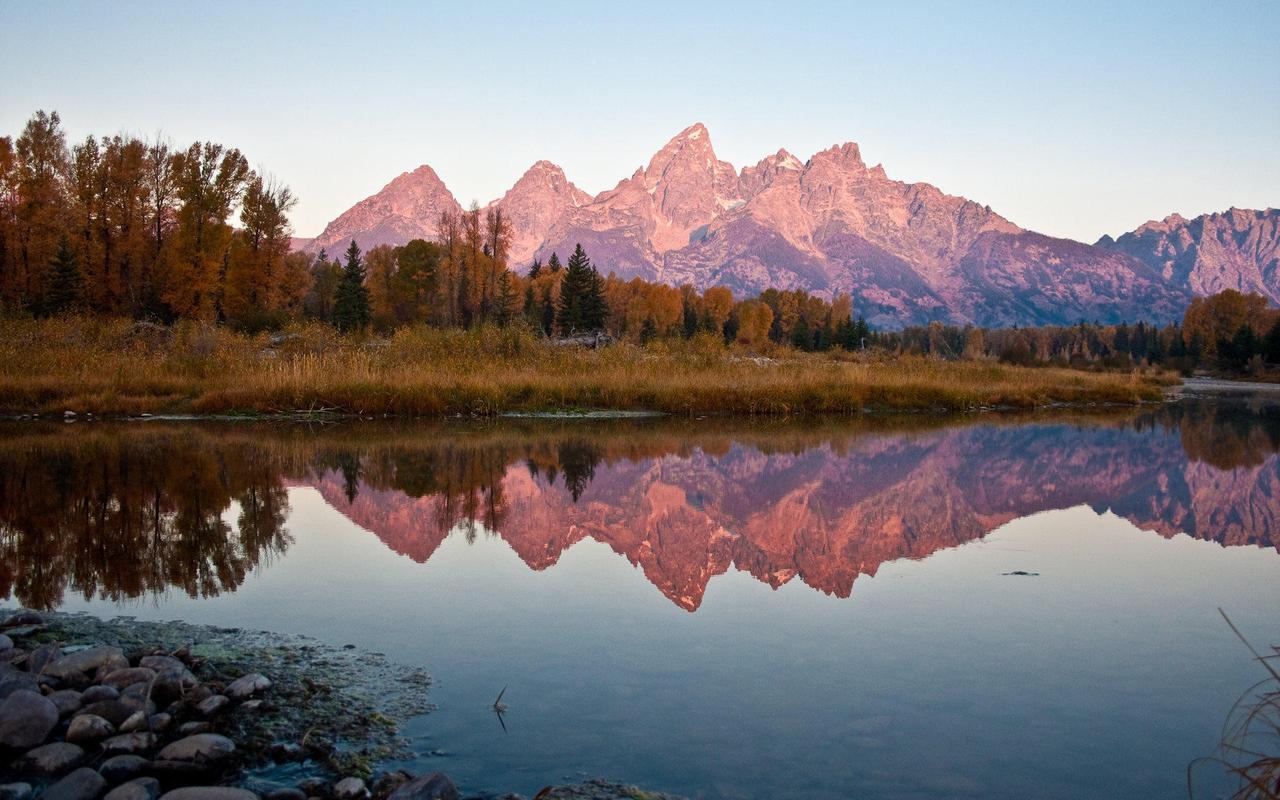The 1920s – known as the “Roaring Twenties” – were a time of uproarious change. In the aftermath of World War I, women received the right to vote and embraced new forms of liberation. This newfound freedom was manifested in fashion, with women’s clothing shunning the restrictive corsets of previous decades in favor of looser, more comfortable garments. In this article, we will explore the glamour and elegance of 1920s fashion and how it shaped women’s clothing for generations to come.
The Flapper Look
The most iconic fashion trend of the 1920s was the emergence of the flapper look. Flappers were young women who boldly challenged traditional gender roles by wearing short skirts, bobbed haircuts, and heavy makeup. The flapper look was characterized by its emphasis on androgyny and an overall boyish appearance. Women’s suits and tailored coats became increasingly popular, along with loose dresses and skirts that allowed for greater freedom of movement.
Accessories
Accessories were an essential aspect of 1920s fashion. Long strands of pearls, feather boas, and cloche hats were all staples of the era. The flapper look also popularized the use of cigarette holders, which became a status symbol and were seen as a sign of sophistication. Stockings became more widely available and fashionable during the 1920s, with sheer silk or nylon stockings becoming the most popular choice. Shoes were another vital aspect of the fashion, with low-heeled, strapless pumps and T-strapped shoes becoming the must-have items for any stylish flapper.
Fabrics and Colors
The fabrics used in 1920s fashion were generally lightweight and comfortable, moving away from the heavier, restrictive materials of the past. Rayon, silk, and crepe were all popular choices. Colors also underwent a significant transformation during this era. The use of bright, vivid colors – such as red, yellow, and tangerine – became more commonplace in women’s fashion as hemlines rose, and the desire for attention-grabbing outfits grew. Black and white, however, remained the dominant color choices for evening wear, with black satin, velvet, and lace becoming the epitome of elegance.
Influence on Contemporary Fashion
The flapper look and 1920s fashion, in general, have had a lasting impact on fashion throughout the 20th and 21st centuries. The looser, more comfortable clothing popularized during this era paved the way for gender-neutral fashion, with many designers today opting for suits and other traditionally male garments for women. The use of accessories to enhance an outfit has also remained a consistent feature of fashion. Finally, the color palettes and materials used in 1920s fashion continue to inspire contemporary fashion designers, with the return of metallic fabrics and other shiny materials in recent years being one example of this influence.
Conclusion
The 1920s was a time of great change and liberation, with fashion playing an essential role in redefining gender roles and creating new norms. The flapper look, with its emphasis on androgyny and comfort, redefined the fashion industry and continues to influence designers today. From the iconic cloche hats and long strands of pearls to the emergence of colored clothing, the 1920s represented a significant turning point in the history of fashion.
(Note: Do you have knowledge or insights to share? Unlock new opportunities and expand your reach by joining our authors team. Click Registration to join us and share your expertise with our readers.)
Speech tips:
Please note that any statements involving politics will not be approved.
